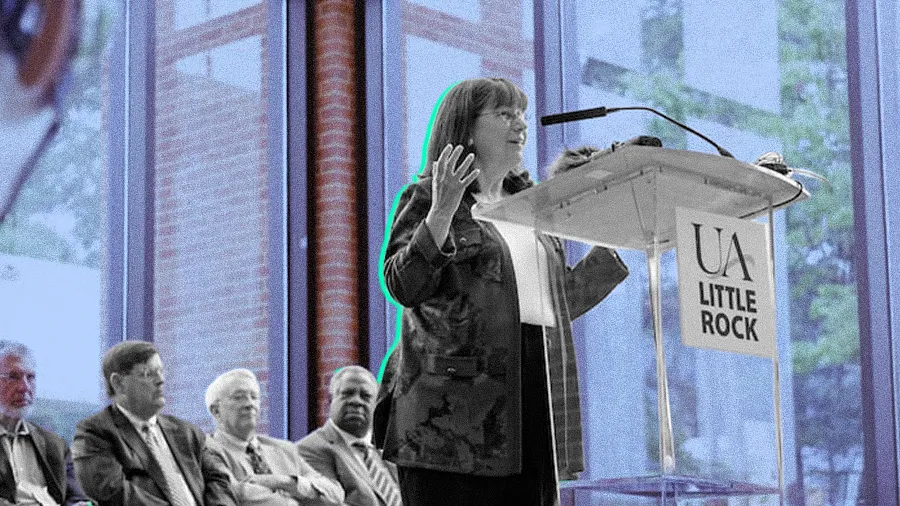The Phantom Job Market: A Third of U.S. Listings Are Ghosts

Key Points
- A new analysis reveals that nearly one-third of U.S. job postings are “ghost jobs” that never result in a hire, creating a phantom job market.
- The gap between job openings and actual hires has held steady at around 30% since 2021, a significant increase from pre-pandemic levels of under 10%.
- The government sector has the highest rate of ghost jobs at 60%, with the education, health, and information sectors also nearing 50%.
- Reasons for the phantom listings range from strategic pipeline building to administrative failures like neglecting to remove filled positions.
A new analysis from MyPerfectResume reveals that nearly one-third of U.S. job postings are “ghost jobs” that never result in a hire. The report finds this creates a “ghost job economy” that wastes applicants’ time and distorts economic data.
A phantom menace: The gap between openings and actual hires has held steady around 30% since 2021, a stark contrast to the sub-10% gap common before the pandemic. In June 2025 alone, this translated to 2.2 million unfilled positions, with openings surging while hiring remained flat.
The usual suspects: Some industries are bigger offenders than others. Government leads the pack with a staggering 60% ghost job rate, while education, health, and information sectors hover near 50%. In contrast, construction and hospitality show a healthier balance where hiring often keeps pace with open roles.
Strategic or just sloppy: The reasons aren’t always malicious. They range from strategic moves like building a candidate pipeline to simple administrative failures, such as internal budget freezes or neglecting to take down filled positions.
Regardless of intent, the analysis makes clear that millions of American workers are spending time and energy chasing opportunities that were never real to begin with. Ghost jobs are also adding another layer of uncertainty to the stalling jobs picture for economists. For job seekers, it’s one of several modern frustrations, including a rise in so-called “career catfishing” where a role doesn’t match its description.
Related articles
TL;DR
- A new analysis reveals that nearly one-third of U.S. job postings are “ghost jobs” that never result in a hire, creating a phantom job market.
- The gap between job openings and actual hires has held steady at around 30% since 2021, a significant increase from pre-pandemic levels of under 10%.
- The government sector has the highest rate of ghost jobs at 60%, with the education, health, and information sectors also nearing 50%.
- Reasons for the phantom listings range from strategic pipeline building to administrative failures like neglecting to remove filled positions.
A new analysis from MyPerfectResume reveals that nearly one-third of U.S. job postings are “ghost jobs” that never result in a hire. The report finds this creates a “ghost job economy” that wastes applicants’ time and distorts economic data.
A phantom menace: The gap between openings and actual hires has held steady around 30% since 2021, a stark contrast to the sub-10% gap common before the pandemic. In June 2025 alone, this translated to 2.2 million unfilled positions, with openings surging while hiring remained flat.
The usual suspects: Some industries are bigger offenders than others. Government leads the pack with a staggering 60% ghost job rate, while education, health, and information sectors hover near 50%. In contrast, construction and hospitality show a healthier balance where hiring often keeps pace with open roles.
Strategic or just sloppy: The reasons aren’t always malicious. They range from strategic moves like building a candidate pipeline to simple administrative failures, such as internal budget freezes or neglecting to take down filled positions.
Regardless of intent, the analysis makes clear that millions of American workers are spending time and energy chasing opportunities that were never real to begin with. Ghost jobs are also adding another layer of uncertainty to the stalling jobs picture for economists. For job seekers, it’s one of several modern frustrations, including a rise in so-called “career catfishing” where a role doesn’t match its description.




